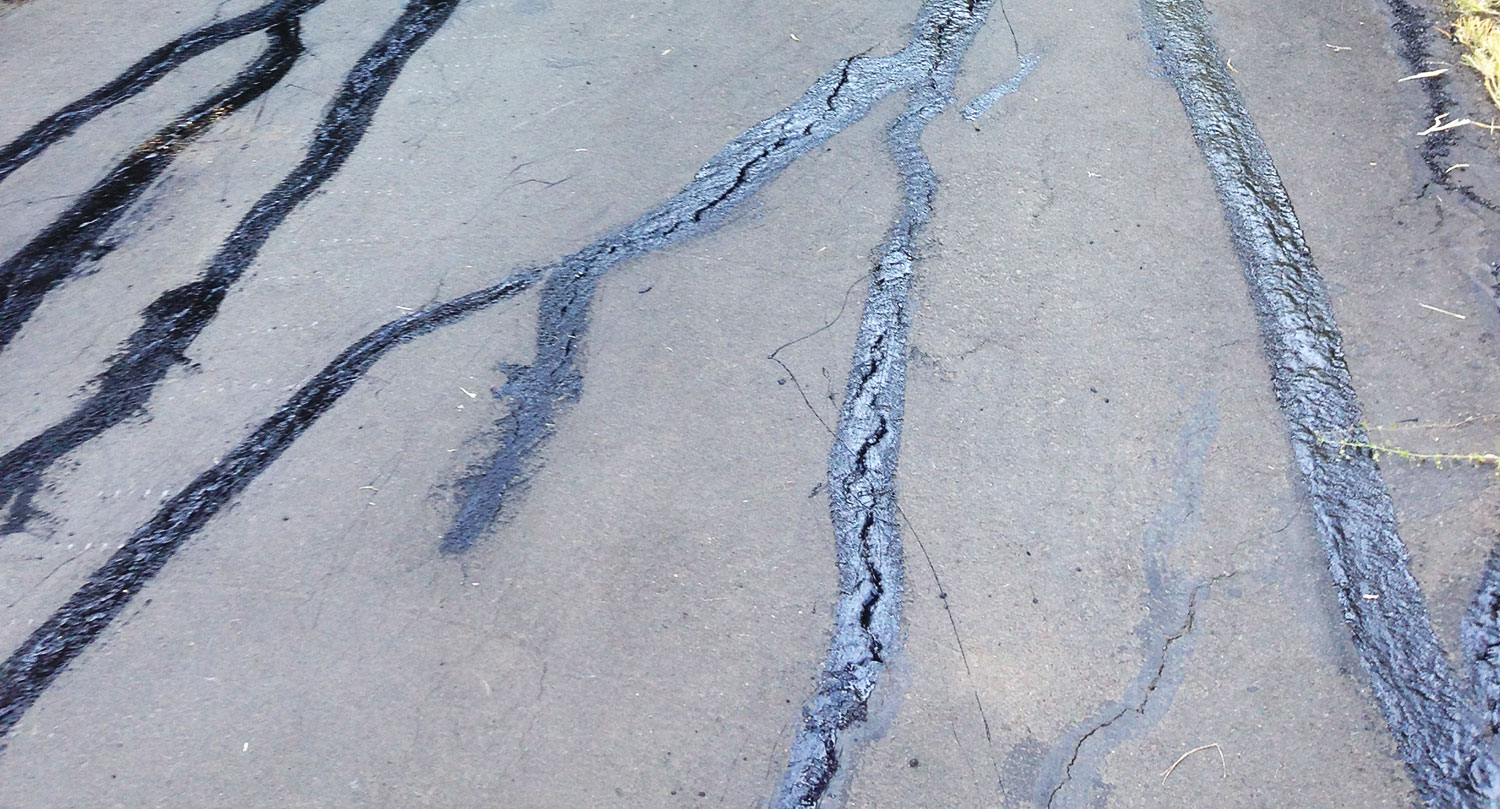
Cracks will appear at some point during the life cycle of asphalt. But, this doesn’t mean they have to stay there. With the right treatment, the lifespan of your paved surface can be greatly improved. The right crack treatment will protect underlying pavement from water infiltration, destructive impurities and incompressibles; it will maintain pavement integrity and strength, and reduce pavement deterioration.
Why do cracks occur?
Cracks occur when stress is built up in the surface layer that exceeds the strength of the pavement, causing fissure or cracks.
Main causes of cracks include:
- Flexibility in the pavement causing it to move, creating cracks in the surface
- Changes in the temperature due to sun and climate
- Traffic moving over the surface and movement in the soil
Determining the crack type in your pavement
Cracks can come in many shapes and sizes, and can mean different things. Here are just some types of cracks that can occur in your pavement:
- Fatigue cracks
- Longitudinal cracks
- Transverse cracks
- Block cracks
- Reflection cracks
- Edge cracks
These types of cracks can be categorized into “working” and “non-working” cracks. According to the Federal Highway Administration’s definition, working cracks are cracks that move greater than or equal to 1/8 inch annually. Transverse or longitudinal cracks are commonly considered working cracks.
Treating your cracks
In order to properly repair the crack, we will first assess the pavement condition to understand the amount and severity of the distress.
Next, we will determine the movement of the cracks in the pavement, as the flexibility of the pavement can cause it to move.
These steps will help us determine the type of treatment needed for your pavement.
Do you need help with your pavement cracks? Give us a call or contact us today!
